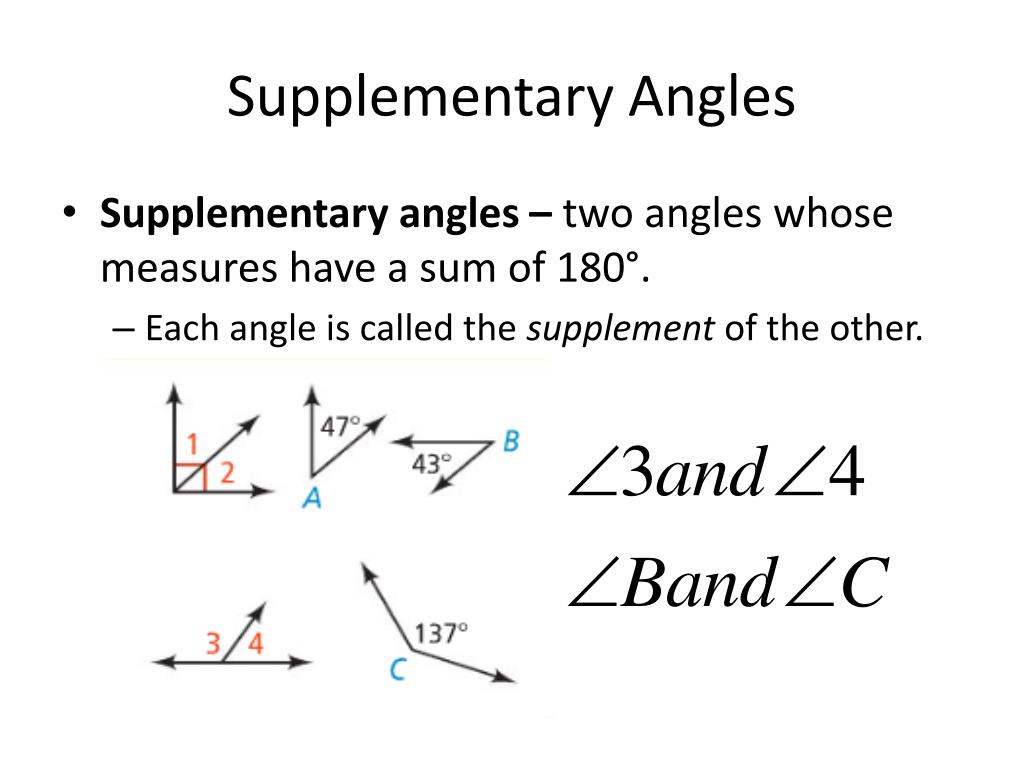

Alternate Interior Angles - ∠MAU and ∠OUA ∠HAU and ∠EUA.Yes, it is a MADHOUSE, but can you make sense of it?Ĭan you find the alternate interior angles, alternate exterior angles, and corresponding angles?

Here is a transversal, SD, cutting across parallel lines MH and EO at Points A and U. Corresponding Angles - Angles in the same relative position at each intersection are congruent, shown with the symbol ≅.Alternate Exterior Angles - Angles on opposite sides of a transversal but outside the two parallel lines form supplementary angle pairs.Alternate Interior Angles - Angles on opposite sides of a transversal but between the two parallel lines form supplementary angle pairs.Some figures, such as parallel lines cut by a transversal, create special angle pairs:

Right angles will always be congruent, and any two right angles form complementary angle pairs. They are vertical angles and are congruent.

Looking back at our intersecting lines above, we see that ∠MAN and ∠TAP share a common vertex, Point A, but do not share a common side. They are not adjacent angles because they do not share a common side. When two lines intersect, two pairs of angles opposite each other are formed. Two angle pairs are congruent (have the same measure): Supplementary angles need not be linear pairs. See if you can find the four linear pairs in intersecting lines MAP and TAN: Every pair shares a vertex, the point of intersection, and one common side. Just two intersecting lines creates four linear pairs. Linear pairs always form when lines intersect. Linear pairs are always supplementary and adjacent angles. Linear pairs always share a common vertex and one common ray, line segment, or line. Linear pairs get their name because the sides not common to the two angles form a straight line. These are linear pairs and supplementary angles. Two interesting varieties of angle pairs sum to 180°. Any two angles that sum to 90° are complementary angle pairs:Īny two right angles will always be complementary and congruent, whether or not they share a common vertex or common side. These pairs do not have to be touching to be complementary. Table Of ContentsĬomplementary angle pairs add to 90°. We will look at nine different types of angle pairs.
SUPPLEMENTARY ANGLE PAIRS FREE
If you have any other queries of CBSE Class 7 Maths Lines and Angles MCQs Multiple Choice Questions with Answers, feel free to reach us so that we can revert back to us at the earliest possible.Angle pairs are called that because they always appear as two angles working together to display some unusual or interesting property.
SUPPLEMENTARY ANGLE PAIRS PDF
Hope the information shed above regarding NCERT MCQ Questions for Class 7 Maths Chapter 5 Lines and Angles with Answers Pdf free download has been useful to an extent. If two parallel lines are intersected by a transversal, then a pair of alternate angles are …………………. If the sum of the measures of two angles is 90°, then each one of them is the …………………. Two adjacent angles have a common …………………. The sum of two angles in a linear pair is …………………. If p and q are parallel lines then ∠1 + ∠2 = ……………. Look at the following figures and fill in the blanks (d) Any angle between 180° and 360° Answer Which pair of the following angles are complementary?įind the value of x in the following figure if l || m If a transversal intersects two parallel lines then the interior angles on the same side of the transversal are (d) Pair of vertically opposite angles Answer Which of the following pairs can form a linear pair? When the sum of the measures of two angles is 90°, the angles are called The measure of the complement of the angle 40° is Lines and Angles Class 7 MCQs Questions with Answers Refer to the Lines and Angles Class 7 MCQs Questions with Answers here along with a detailed explanation. Practice MCQ Questions for Class 7 Maths with Answers on a daily basis and score well in exams. We have compiled the NCERT MCQ Questions for Class 7 Maths Chapter 5 Lines and Angles with Answers Pdf free download covering the entire syllabus.


 0 kommentar(er)
0 kommentar(er)
